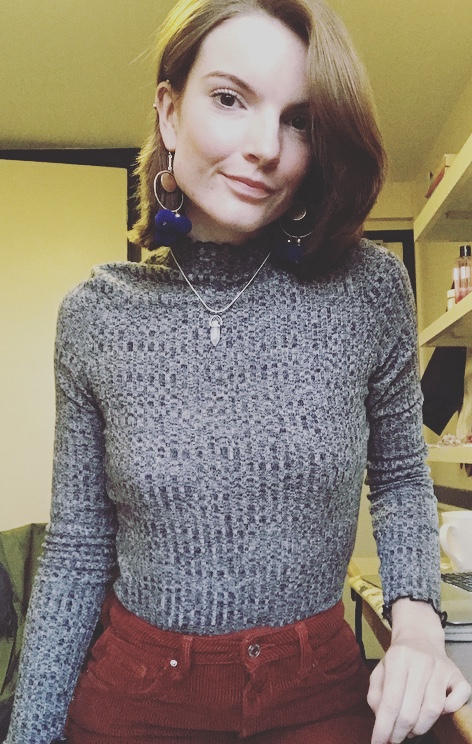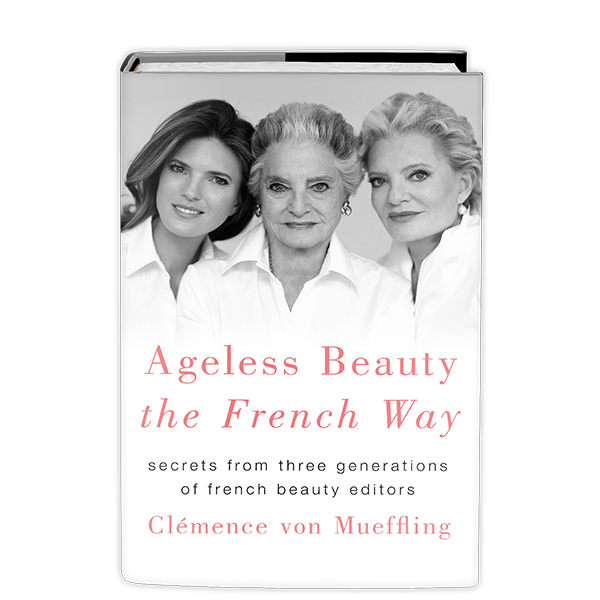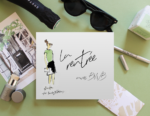An Ode to French Photographer Guy Bourdin
Today’s perception of beauty has been forever enriched through the eyes and camera of Guy Bourdin.
Guy Bourdin’s larger-than-life body of work is known for breaking beauty conventions. Throughout his career, Bourdin consistently opened new horizons by mixing emotions, mystery, glamour and ambiguity. As a result of his distinct style, you can spot a Bourdin beauty shot from miles away. Further, his work remains inimitable even today.

For example, Bourdin’s magazine work leaned often toward the beautifully surreal and the erotically provocative. When we look at his work, we can see that Guy Bourdin disliked the fashionable prettiness and conventional beauty of the magazine world. And yet, magazines were also his favored medium. While disagreeing with magazines and getting into plenty of tense disagreements, he loved their sophisticated readership and audience. And the magazine world would quickly learn that Monsieur Bourdin was an artist who did not compromise. In 1955, he published his first work published in French Vogue. For several decades afterward, he continued to create iconic double-page spreads with impeccable mise-en-scène.
Isabelle Adjani for French Vogue
My mother, Lorraine Bollore, worked as a beauty editor for French Vogue around the same time. As such, she worked very closely with Monsieur Bourdin. In this excerpt from Ageless Beauty the French Way, she shares with us a special memory of a photo shoot he did of the famous actress, Isabelle Adjani:
“In 1973, we were shooting a young, up-and-coming French actress named Isabelle Adjani for her first-ever beauty spread in French Vogue. At the time, she was only 18 years old and starring in the play, Ondine, by Jean Giraudoux at the Comédie-Française, the prestigious Parisian theater. The photographer was the renowned Guy Bourdin, known for his sexually charged images—especially in advertisements—and his temper.
I saw how hairstyles evolved from stiff and structured to what we call coiffé-décoiffé—hair that is done but does not look so done.
The makeup was to be done by Heidi Morawetz. I had been told to book the hairdresser, Guillaume—but I had booked the wrong Guillaume. It was a disaster, and Guy was furious. It took me several hours to find the right Guillaume, who was actually Guillaume Bérard from Mod’s Hair, who was a favorite with all the top fashion and beauty photographers. He was best known for a new sophistication with his hairstyles, which were less structured than the traditional French chignon. ‘We let the wind blow into our hair!’ became one of my sayings, and I saw how hairstyles evolved from stiff and structured to what we call coiffé-décoiffé—hair that is done but does not look so done.

When Isabelle arrived, it was hard not to gasp, as she was so astonishingly beautiful, and still very young, in her late teens. Heidi knew that the best way to enhance Isabelle’s looks was to actually do very little, as there was already so much intensity in her blue—almost purple—eyes, her very pale skin, and her masses of chestnut-brown hair. A touch of mascara, blush, a purplish-red lipstick, and voilà! Guillaume then added some volume to her naturally curly hair, and the result was breathtaking.”
Today’s perception of beauty has been forever enriched through the eyes and camera of Guy Bourdin.
Feature Image: Vogue Paris, May 1970, Guy Bourdin

Teresa Deely is a graduate from Columbia University with majors in English and Creative Writing. She is a freelance writer and marketing assistant working for clients in the wellness, jewelry, creative, and sports industries. She believes that one’s skin is yet another canvas and vehicle for art, and has loved styling her hair and applying makeup from a young age. Spending much of her time in educating youth and leading enrichment programs for children, she is highly motivated in discovering new ways to care for herself and sharing them with others.







